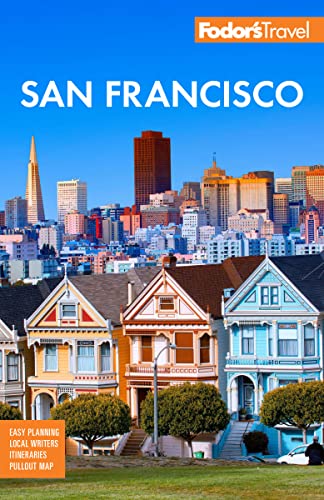San Francisco's Hippie History
The eternal lure for twentysomethings, cheap rent, first helped spawn an indelible part of SF's history and public image. In the early 1960s, young people started streaming into the sprawling, inexpensive Victorian houses in the area around the University of San Francisco, earnestly seeking a new era of communal living, individual empowerment, and expanded consciousness.
Golden Gate Park's Panhandle, a green strip on the Haight's northern edge, was their gathering spot—the site of protests, concerts, food giveaways, and general hanging out. In 1967, George Harrison strolled up the park's Hippie Hill, borrowed a guitar, and played for a while before being recognized. He led the crowd, Pied Piper–style, into the Haight.
A Hippie State of Mind
At first the counterculture was all about sharing and taking care of one another—a good thing, considering most hippies were either broke or had renounced money. The daily free "feeds" in the Panhandle were a staple for many. The Diggers, an anarchist street-theater group, were known for handing out bread shaped like the big coffee cans they baked it in.
At the time, the U.S. government, Harvard professor Timothy Leary, a Stanford student named Ken Kesey, and the kids in the Haight were all experimenting with LSD. Acid was legal, widely available, and usually given away for free. At Kesey's all-night parties, called "acid tests," a buck got you a cup of "electric" Kool-Aid, a preview of psychedelic art, and an earful of the house band, the Grateful Dead. When LSD was made illegal in 1966, the kids responded by staging a Love Pageant Rally, where they dropped acid tabs en masse and rocked out to Janis Joplin and the Dead.
The Peak of the Party
Things crested early in 1967, when between 10,000 and 50,000 people ("depending on whether you were a policeman or a hippie," according to one hippie) gathered at the Polo Field in Golden Gate Park for the "Human Be-In: A Gathering of the Tribes." Poet Allen Ginsberg and Timothy Leary spoke, the Dead and Jefferson Airplane played, and people adorned in beads and feathers waved flags, clanged cymbals, and beat drums. A parachutist dropped onto the field, tossing fistfuls of acid tabs to the crowd. America watched via satellite, gape-mouthed—it was every conservative parent's nightmare.
Burn Out
Later that year, thousands heeded Scott McKenzie's song "San Francisco," which promised, "For those who come to San Francisco, summertime will be a love-in there." The Summer of Love swelled the Haight's population from 7,000 to 75,000; people came to join in and to ogle. But less positive forces soon joined the gentle people, heroin replaced LSD, crime became rampant, and the Haight began a fast slide.
Hippies will tell you the Human Be-In was the pinnacle of their scene, while the Summer of Love was a media creation that turned their movement into a monster. Still, the idea of that fictional summer lingers, and to this day draws pilgrims from all over the world.




